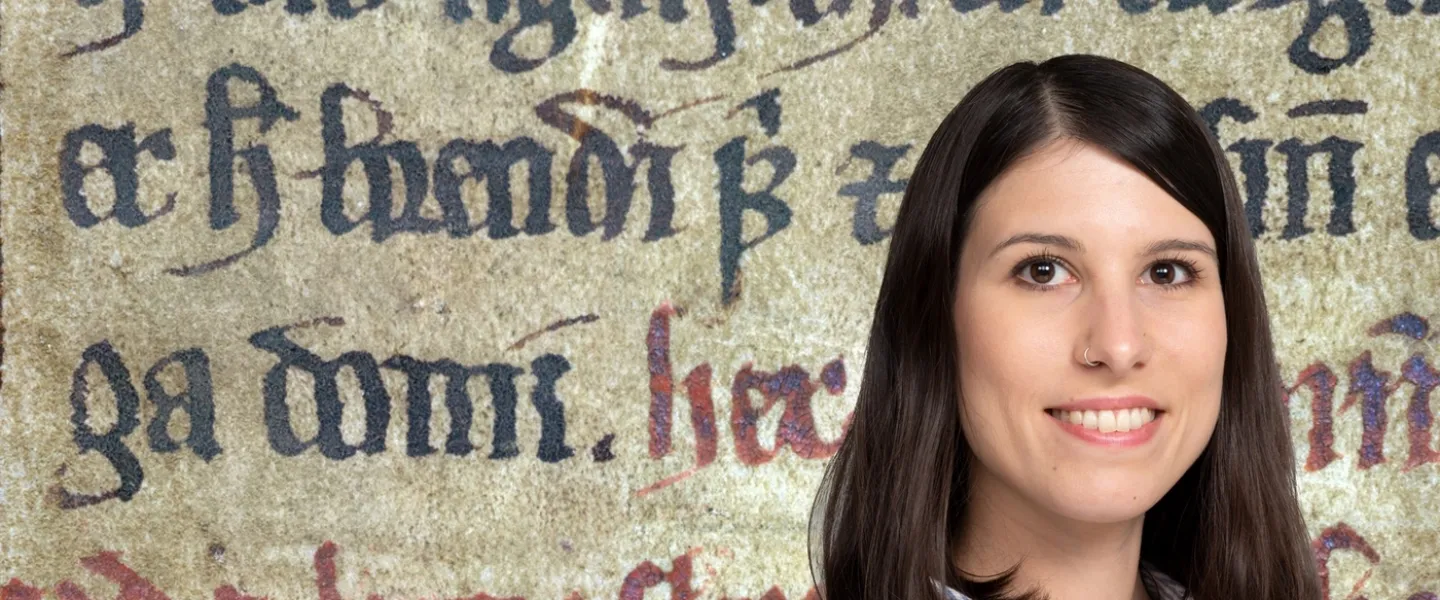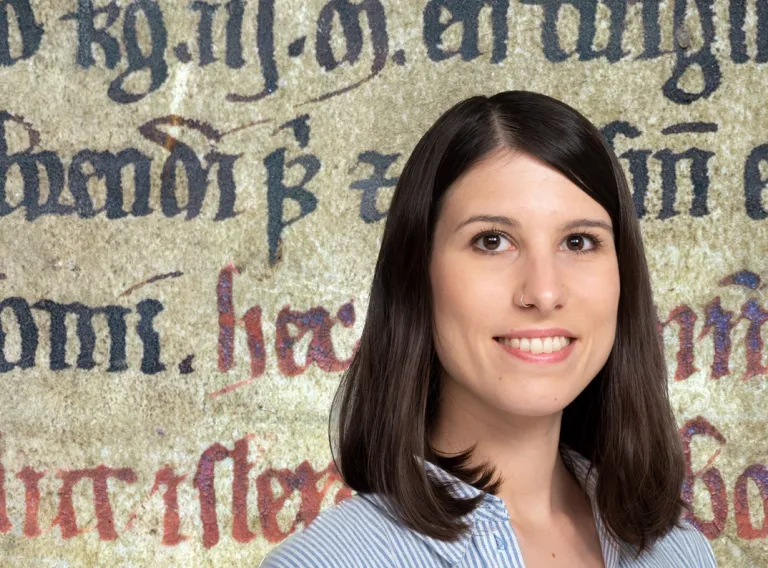
Árni Magnússon (1633-1730) is an important figure in Icelandic history. His influence is still felt today, and it is thanks to him that Giulia Zorzan, doctoral student of history at the University of Iceland, has access to the materials she needs to work on her research.
Árni Magnússon was a collector of manuscripts, and was instrumental in saving many of them from being lost. From an early age he had a passion for ancient lore – just like Giulia - and eagerly started collecting manuscripts on his travels around Iceland. Árni resided in Copenhagen for most of his life, and by the start of the eighteenth century he had acquired the most impressive collection of Icelandic and Norwegian manuscripts in the world.
When it comes to ancient manuscripts there are many avenues open to curious researchers. Many scholars are thus interested in the content of the manuscripts; the stories told on their pages. Other scientists are fascinated by the social conditions at the time of their production, and about the scribes and their societal standing. Finally, there are those who are interested in the age of the manuscripts, and technical details, such as the substances and pigments used for writing: the ink.
Studies the ink in the manuscripts
This is precisely the focus that Giulia Zorzan has chosen for her research, the ink and the pigments used in it. She is studying the oldest Icelandic manuscripts from the twelfth and thirteenth centuries.
She examines how different colours play roles in the formatting of each page. It seems incredible that it is still possible to read and scrutinise text written eight hundred years ago, and even more amazing that colour differences can easily be discerned with the bare eye. Giulia’s hypothesis is that you can use these colours as a kind of key to the text itself. She also analyses the quality of the pigments used in the first period of Icelandic manuscript creation.
“I mostly work with red, green, blue and yellow in titles, first letters and other philological elements,” says Giulia.
“The project is still in its opening phases and analysing the pigments is planned over the next few years. The first results indicate that scribes started using colouring at very early stages in manuscripts here. By analysing how different colours repeat on pages it is possible to better understand how the pigments were developed and how they serve a purpose as part of the whole manuscript.”



